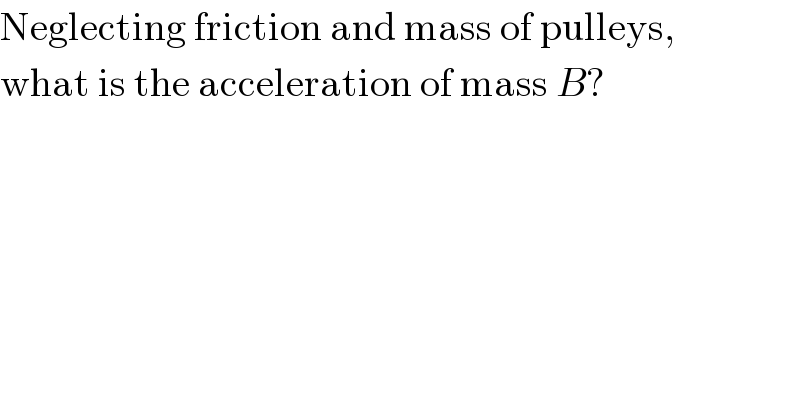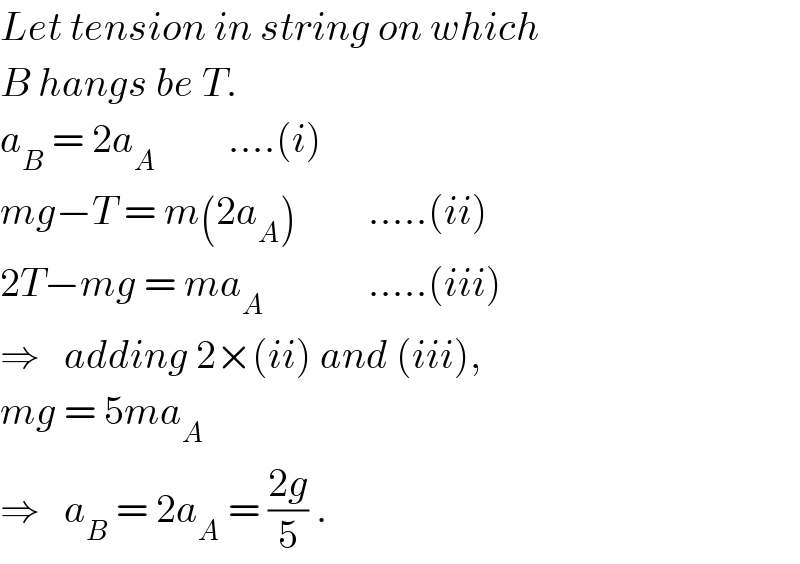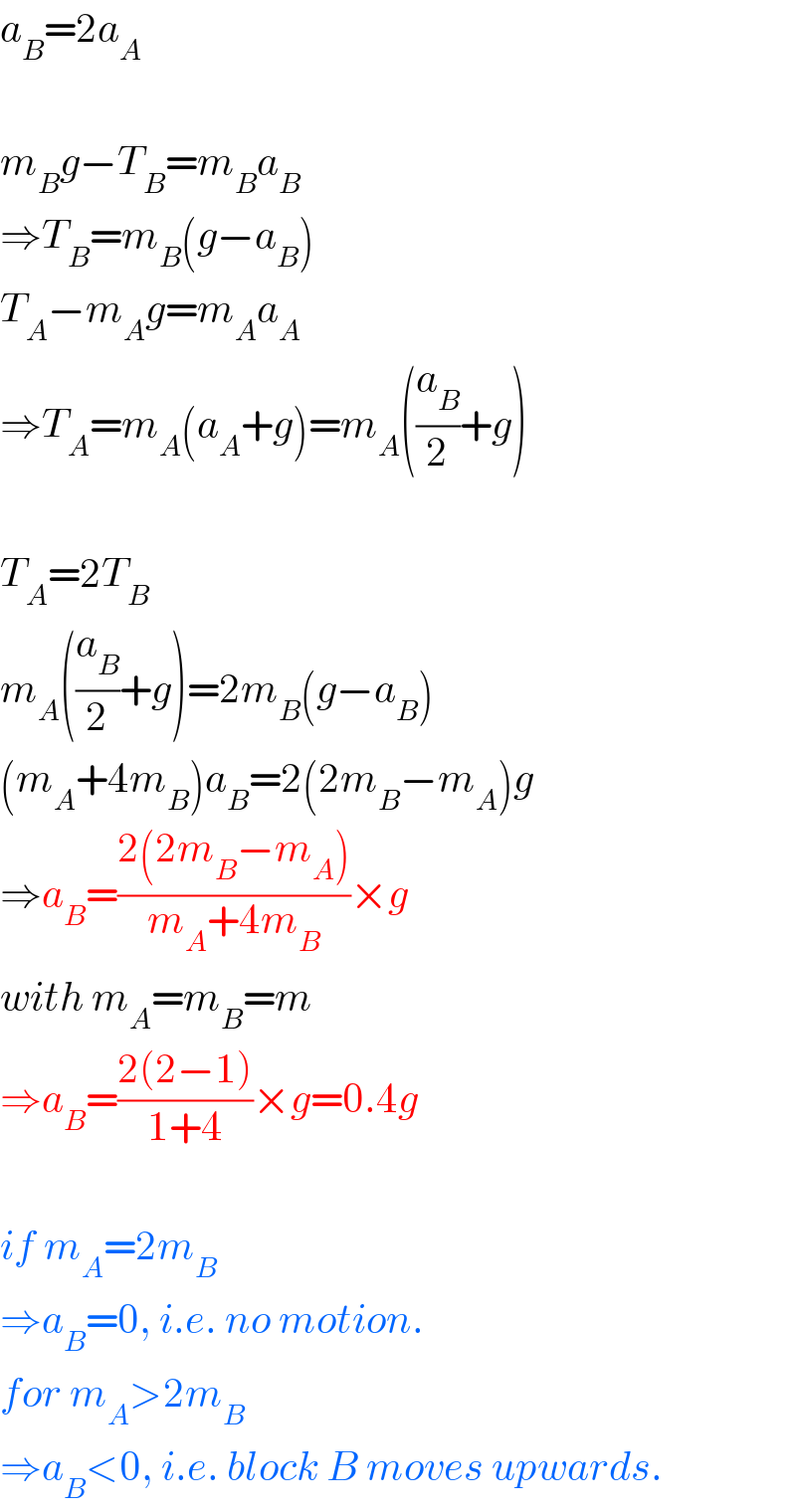
Question and Answers Forum
Question Number 24482 by Tinkutara last updated on 18/Nov/17

Commented by ajfour last updated on 18/Nov/17

Commented by Tinkutara last updated on 18/Nov/17

Commented by mrW1 last updated on 18/Nov/17

Commented by Tinkutara last updated on 19/Nov/17

